SUMMARY
This is AI generated summarization, which may have errors. For context, always refer to the full article.
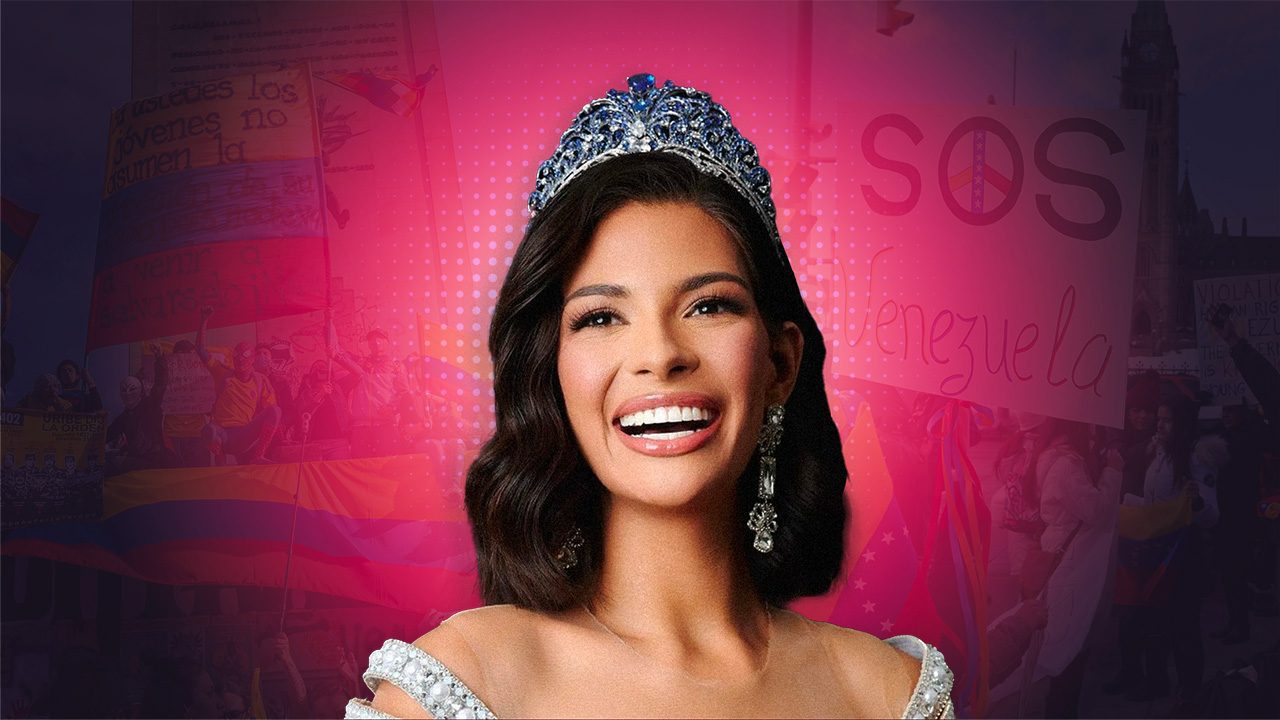
MANILA, Philippines – Winning the Miss Universe crown is like a fairy tale coming to life.
This is what Nicaragua’s Sheynnis Palacios experienced after recently winning the Miss Universe 2023 title in the pageant held in El Salvador. But aside from this, there’s another fiction story that bears an uncanny resemblance to her life story.
Twenty-three-year-old Palacios’ story is similar to Katniss Everdeen’s, the main protagonist of the Hunger Games trilogy. Like Katniss who was dubbed the mockingjay or icon of the revolution in their fictional world, Palacios’ recent victory is being seen as having political implications in her own country.
La Prensa, a Nicaragua-based newspaper, reported that Miss Nicaragua’s national director, Karen Celebertti and her daughter, were barred from entering their country on November 23, following Palacios’ victory. Writer Giocanda Belli, exiled for her criticisms against Nicaraguan President Daniel Ortega, claimed the national director was barred by Vice President and First Lady Rosario Murillo.
Based on the report, Palacios’ victory was seen as a hit against Ortega’s administration after Palacios’ photos attending antigovernment protests in 2018 went viral. Murillo called the photos “malicious [and] terrorist communications that aim to transform a beautiful moment of pride and well-deserved celebration into a destructive coup.”
Ortega, the longest-serving leader in the Americas, is a one-time guerrilla who helped fight a right-wing dictatorship in Nicaragua in 1979. He won the presidential election in the 1980s, but lost reelection in 1990.
Seventeen years later, in 2007, he won the presidency again. Since then, he has been the president of the Central American country. But like the dictatorship he helped to topple, Ortega gained notoriety for imprisoning leading opposition figures, including presidential hopefuls, business leaders, and journalists.
When Nicaragua’s Palacios won the Miss Universe crown, some of her fellow Nicaraguans waved their blue- and white-colored national flag. Nicaragua’s flag is considered an opposition symbol, in contrast to the red and black flag of the Sandinista Front, which is Ortega’s party. Palacios won the crown wearing her blue and white gown, which she said, reflected the colors of the Nicaraguan flag.
Two artists in the city of Esteli, who were creating a mural of the new Miss Universe, were also barred from finishing their artwork, opposition sources told La Prensa. Exiled Nicaraguan journalist Wilfredo Miranda said that for Nicaraguans, Palacios already became a symbol of hope.
“It is impossible to view this inoffensive contest without considering the political and social reality. She has become a national and emotional symbol who has restored hope. And the government understands this,” the journalist said.
The new Miss Universe is a devout Catholic. She obtained her mass communication degree from the Universidad Centroamericana (UCA), run by the Jesuits. The said group of priests are known to fight for social justice.
However, in August this year, the Nicaraguan government seized Palacios’ school for being an alleged “center for terrorism organized by criminal groups.” Later, the Nicaraguan government banned all Jesuits from the Central American country.
The Associated Press said the UCA was a hub of protests in 2018 against the Nicaraguan president’s regime. Twenty-six other Nicaraguan universities were seized by the Ortega government. On top of this, the Nicaraguan government also closed more than 3,000 organizations and arrested several opponents.
Venezuela: Home of fierce, brave queens
Venezuela – along with the Philippines, the United States, and Puerto Rico – is considered a pageant powerhouse due to the several crowns it had clinched in major international pageants. The South American country has seven Miss Universe, six Miss World, nine Miss International, and two Miss Earth crowns.
Massive protests broke out in Venezuela in 2014, triggered by students demanding for increased security after a student alleged that she had been a victim of an attempted rape. The protests got bigger and bigger, and later turned out to be deadly as some protesters died during demonstrations.
Twenty-two-year-old Genesis Carmona, Miss Tourism Carabobo 2013, joined the waves of antigovernment protests during this turbulent time in Venezuela. She was marching with the opposition in her home state, Carabobo, when gunmen in motorcycles opened fire at them.
Unfortunately, Carmona was shot in the head and died later. Several human rights organizations and civic groups denounced the violence in Venezuela. Some Venezuelans also pointed out that Carmona was killed in the same state where Monica Spear, Miss Venezuela 2004 and Miss Universe 2005 4th runner-up, was killed and shot by bandits in January 2014.
Carmona’s death added to the anger of the Venezuelan people at the height of the antigovernment protests, US-based National Public Radio reported in 2014.
Amid this unrest, Miss Venezuela 2008 and Miss Universe 2009 Stefania Fernandez participated in the Your Voice is Your Power campaign, which sought to raise awareness about the conflict in Venezuela. At the time, Fernandez, who made history for winning the Miss Universe title back-to-back with fellow Venezuelan Dayana Mendoza, was the lone female campaigner of the project.
For the campaign, Fernandez wore a taut rope in her mouth, while a blood-like liquid was dripping from her tear ducts.
Southeast Asia’s pride
Other beauty pageant contestants also used their platforms to raise awareness.
Take Miss Universe contestants for example. The Miss Universe’s national costume segment has become an avenue for pageant queens to send a strong message about their causes and inspire people.
During the Miss Universe 2020 pageant, Miss Myanmar Thuzar Wint Lwin wore an outfit that showcased traditional Burmese weaves. It was later explained that she lost her original costume in shipping, so she had to wear a humble costume compared to her competitors. But what made her costume memorable was when she held out a banner that said “Pray for Myanmar,” reminding everyone of the crisis in the Southeast Asian country.
The conflict in Myanmar started when military forces seized control of the country and detained elected leader Aung San Suu Kyi, including other members of the National League for Democracy. Miss Myanmar further spoke up about the crisis, saying that her fellow countrymen “are dying and being shot by the military every day.”
Thuzar Wint Lwin won the best in national costume award that year and landed in the top 21, making history as the first and only Miss Myanmar to place in the Miss Universe pageant.
However, due to her political statements, Thuzar Wint Lwin faced arrest. She found refuge in the United States after the Burmese community in Indianapolis, Indiana worked to provide asylum for the beauty queen. In 2021, Miss Myanmar flew to London in England, her new home, where she started working as a fashion model.
Filipinas in the spotlight
The Philippines, as a pageant powerhouse, is home to four Miss Universe crowns, one Miss World, six Miss International, and four Miss Earth. But the pearl of orient seas is also a cradle of exceptional beauty queens who dedicated their life in fighting injustices and helping others.
Among them is Margarita “Maita” Gomez, Miss World Philippines 1967, who represented the Philippines at the Miss World 1967 pageant. Renowned Filipino fashion designer couturier Pitoy Moreno, who dressed several other beauty queens, spotted Gomez in an event and recruited her as a model.
The beauty queen attended modeling school in Australia and simultaneously won the title of Miss Philippines, earning the right to represent the country in Miss World.
Gomez married Carlos Perez-Rubio in 1968, moved to the US, and returned to the country in 1970. The beauty queen returned to the University of the Philippines, where she witnessed the First Quarter Storm in 1970 and the Diliman Commune in 1971.
In 1972, when late tyrant Ferdinand E. Marcos declared Martial Law, Gomez went underground and moved to Baguio City. She was arrested in 1974 and was detained at the Baguio City Jail, and then in Camp Olivas in Pampanga. Gomez escaped from prison and decided to join the New People’s Army, where she chose the name “Ka Dolor.”
She was later assigned to the guerrilla zone at the border of Quezon Province and Bicol. At the time, Gomez and her companions built “organizations in the community and conducted political education among the people.”
In 1980, she returned to Manila, where she focused on uplifting the women’s movement. She co-founded Gabriela, a progressive pro-women organization, in 1984. She also helped form Women for the Ouster of Marcos and Boycott (WOMB) in 1985, “an organization of known women personalities opposed to the dictatorship, [that] campaigned for the release of political prisoners.”
Gomez also served as an officer of the Samahan ng Ex-Detainees Laban sa Detensyon at Aresto (SELDA) and was co-chairperson of Makabayan (Makabayang Koalisyon ng Mamamayan), a coalition of progressive party-list organizations. Unfortunately, Gomez passed away on July 12, 2012 after suffering from a heart attack. She was 65.
Like Gomez, Nelia Sancho chose the path of fighting for human rights.
Sancho was a contestant at the Binibining Pilipinas 1969 pageant, where she won first-runner up (third place at the time). The grand winner of that edition was Gloria Diaz, the country’s first Miss Universe winner. In 1971, Sancho won the Queen of the Pacific title after besting 29 other ladies from the Pacific in a contest held in Melbourne, Australia.
Similar to Gomez, Pitoy Moreno also recruited Sancho as model. She also attended UP. But Sancho left all the glitz and glamor to fight the Marcos dictatorship and advance the rights of the marginalized.
“The issue is not whether you are a communist or not. It’s whether you are working for the people or not. For me, that’s more important than identifying with any particular ideology,” Sancho said in an interview with The Age in 1981.
The beauty queen became an active face of protests, and eventually fought underground “in pursuit of meaningful changes in the country.” Sancho had first-hand experience of Marcos’ atrocity.
In 1973, Sancho was arrested along with Tita Lubi, now Karapatan chairperson, and Rosemarie Rodriguez, during one of the government raids at the time. Two of their companions, Alfredo Malicay and Cesar Hicaro, were shot and killed in front of her, based on a report by the Human Rights Violations Victims’ Memorial Commission.
Sancho was arrested again during one of her immersions in a slum area in Cagayan de Oro for alleged subversion. She was detained from 1976 to 1978. For standing up against Marcos and his tyrannical rule, Sancho was dubbed by Time Magazine as “Guerrilla Queen,” according to Asian Journal USA.
Sancho later co-founded Gabriela, along with Gomez. She continued her advocacy for women’s rights and helped comfort women, victims of Japanese soldiers’ abuses during World War II, through the group Lolas Kampanera. The organization helped in identifying the victims of the abuses.
The beauty-queen-turned-human-rights-activist passed away on September 1, 2022. She was 71. – Rappler.com
Add a comment
How does this make you feel?
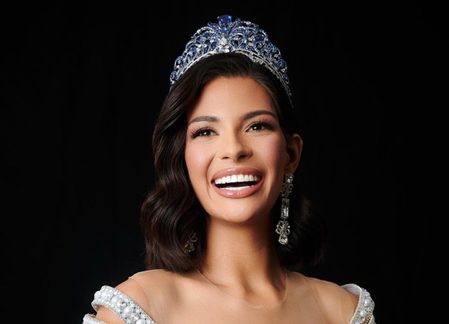
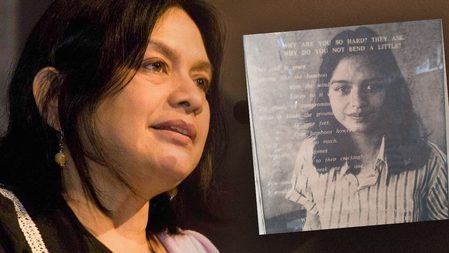

![[ANALYSIS] Crisis of the West, opportunity for the rest?](https://www.rappler.com/tachyon/2024/07/20240715-crisis-of-the-west-opportunity-for-the-rest.jpg?resize=257%2C257&crop_strategy=attention)
![[OPINION] Choosing a president](https://www.rappler.com/tachyon/2024/07/Choosing-a-President-July-9-2024.jpg?resize=257%2C257&crop=300px%2C0px%2C1080px%2C1080px)
![[Edgewise] Authoritarian mass delusion puts US democracy at risk](https://www.rappler.com/tachyon/2024/06/authoritarian-mass-delusion-us-june-18-2024.jpg?resize=257%2C257&crop_strategy=attention)




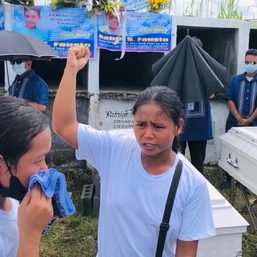
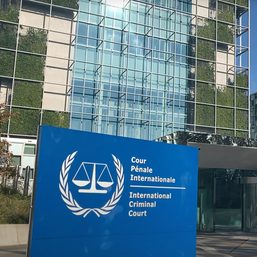
There are no comments yet. Add your comment to start the conversation.